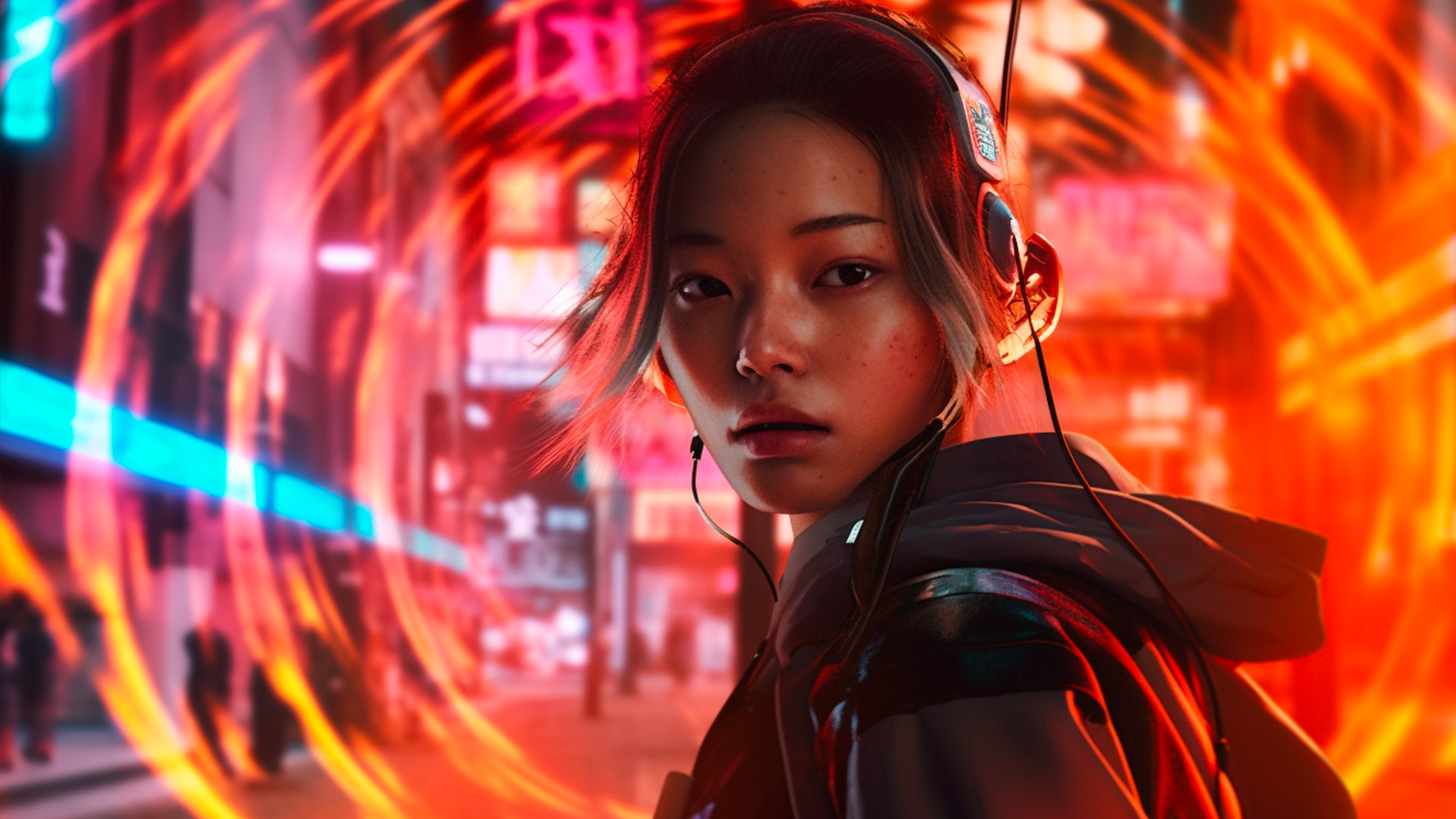)
Spotlight on AI-embodied agents
Explore Reply's pioneering AI-embodied agents simplifying robot control, showcased through the Spot case.
The AI revolution in robotics
The fields of robotics and AI are undergoing a significant transformation, moving beyond standalone Embodied AI toward integrated systems. The focus is now on developing Vision-Language-Action (VLA) models and multi-agent systems. VLAs aim to unify perception, language understanding, and physical action into a single framework, creating more adaptable and general-purpose agents. This evolution is driven by powerful foundation models and architectures designed for complex, real-world collaboration.
At Reply, we leverage state-of-the-art algorithms that form the backbone of modern embodied intelligence. This includes next-generation self-supervised learning models like DINOv2, which offers enhanced stability and performance over its predecessor, and the latest architectures of multimodal models. These advanced models serve as the core perception and reasoning engines for specialized AI agents, enabling them to achieve a deep, contextual understanding of their environment that far exceeds traditional computer vision methods.
The Spot Case
Reply's showcase of advanced AI-embodied robotics
Our approach treats the Spot robot as a platform for a heterogeneous multi-agent system, where multiple specialized agents collaborate to achieve a common goal. This system architecture allows for a clear division of labor, enhancing efficiency and scalability. A central LLM-based agent acts as a coordinator, interpreting natural language commands and delegating sub-tasks to a team of specialized agents, each equipped with distinct tools and capabilities.
The workflow is managed by a hierarchical multi-agent system:
This collaborative intelligence allows the system to handle dynamic tasks more effectively than a single-agent model.
explore the future of AI-embodied agents
The convergence of Vision-Language-Action models and generative multi-agent systems is paving the way for the future of AI. These systems promise to deliver highly adaptive, collaborative robots capable of tackling complex challenges in logistics, manufacturing, and beyond. Are you ready to build the next generation of collaborative embodied intelligence?
;Resize,width=660)
,allowExpansion;Resize,width=660)
,allowExpansion;Resize,width=660)
)
,allowExpansion;Resize,width=660)